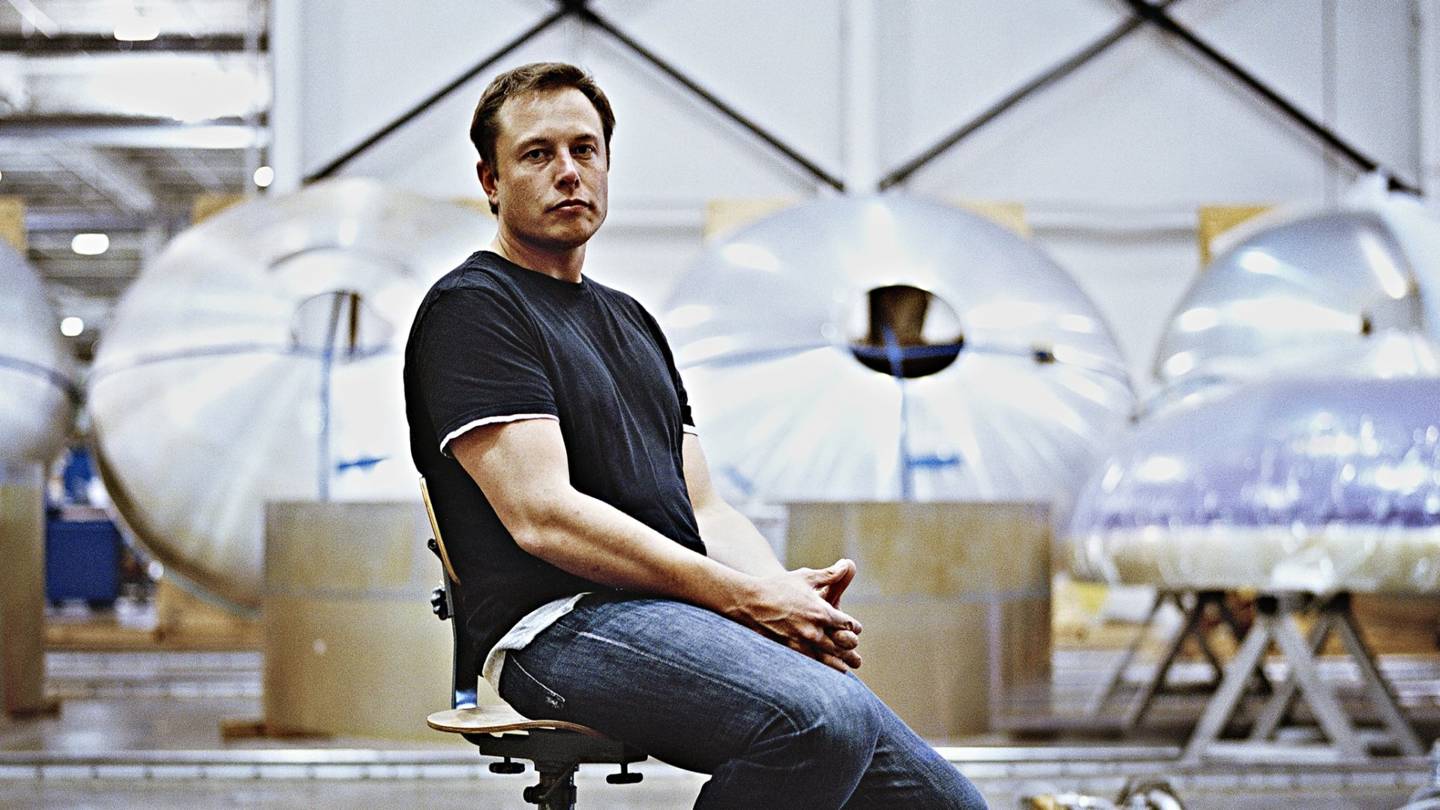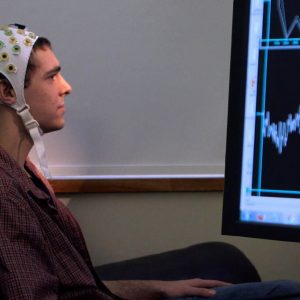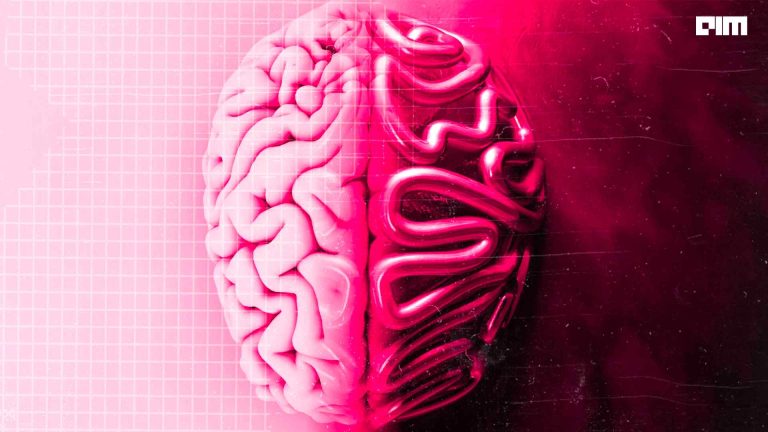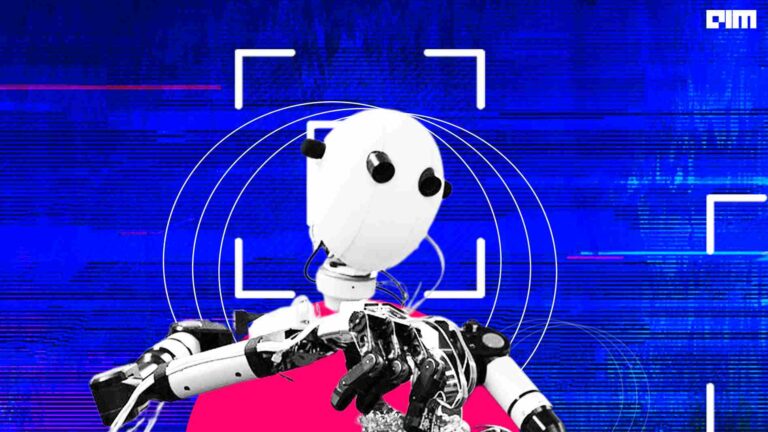
The serial technological entrepreneur Elon Musk’s plans of developing brain-computer interface through his new company Neuralink is a revolutionary idea, transcending the very fabrics of reality as we know it. The company’s current trademark filings state that it will make invasive devices for treating or diagnosing neurological ailments.
Through Neuralink, Musk also stresses on the sci-fi concept “neural lace”, which essentially entails weaving a machine interface into the brain. Musk’s original plan involves an implant that could allow user to tap directly into the internet, and use all the computational power available.
Neuroscientists have been focusing immensely on creating devices that could read and write data from a brain. Brain implants could help us store and retrieve memory. This development would be instrumental in helping patients whose brains can’t form long term memories due to impairment. Today, companies like Neuralink and Kernel are investing towards making these technologies real.
How will Neuralink help Humanity?
The technology hasn’t been fully built, but speculations suggest that it will help humans keep pace with artificial intelligence. Neuralink will help humans connect their brains to machines through a special kind of interface. Elon Musk, Founder and CEO, SpaceX explains at a conference last summer, “Under any rate of advancement in AI, we will be left behind by a lot.”

In other words, human beings need to embrace this technology involving brain implants, to stay relevant in the world he is surrounded by. Neuralink will invest towards developing new ways of treating diseases, ultimately leading to a fusion between human and machine intelligence.
Musk considers this development necessary to counter the risk of runaway artificial intelligence. The technology could probably allow us to reprogram our cells at the granular level, once developed. This will not only help us enhance our human abilities, but may also foster immunity against diseases.
How do we approach this technology?

Dr. Sakhrat Khizroev and his team at Florida International University, in Miami, are testing an approach using tiny magnetoelectric particles. These particles, being small, can easily interact with the electric field generated by an individual nerve cell. The team injected tens of billions of these particles into a vein in a rat’s tail, and then dragged them into the animal’s brain using magnets. They noticed that each particle produced an electric field when stimulated by an external magnetic field. The fact that researchers can influence the electrical states of nearby nerve cells using these small magnetoelectric particles, might allow them to reprogram the cells as well.
Jose Carmena of the University of California, Berkeley, and his colleagues tested another approach utilizing devices the size of a grain of rice. The devices helped converting the ultrasonic energy beamed towards them into electricity that can stimulate nerve or muscle cells. As ultrasound travels through the body, these devices can be powered and controlled without using wires.
Both the methods are less invasive than the current standard brain interface, which includes a patch of needle-like electrodes, called Utah array. This device is plugged into the brain’s surface; however, the instrument is too blunt to send anything besides crudest signals to the brain.
Challenges surrounding the technology
Moore’s Law and the miniaturization of electronics has made it possible to insert tiny electronic implants into the human brain. However, there are several other challenges down the road, only addressing which we can hope to truly integrate the human brain and computers.

The human brain is complex, and researchers lack comprehensive understanding of how the cells inside the brain function together, facilitating us take various decisions. This makes it even more challenging task to design interfaces between brain and machine. Additionally, it’s not easy for the rigid, silicon-based tools of modern computing to mesh with the squishy soft-tissue of biology.
Moreover, the surgery needed to put the implants in place involves risk of its own, and these implants often generate scars around themselves. It’s not an easy task to understand how the brain encodes information. Thus, it becomes increasingly crucial to train such interfaces, instead of instructing them.
Are Kernel and Neuralink the torchbearers of the technology?
We have understood how Musk’s Neuralink project can change the world as we see it. But Neuralink isn’t alone in the neuroscience space, as Bryan Johnson-founded Kernel is also moving ahead with similar plans in mind. Founded in October 2016, Kernel plans to build devices for the treatment of neurological conditions such as stroke and Alzheimer’s disease. However, the firm is primarily working on creating cognition-enhancing implants. Bryan Johnson, Founder and CEO, Kernel remarks, “Unlocking our brain is the most significant and consequential opportunity in history.”

Reading and interpreting brain activity is one of the latest obsessions for researchers in the neuroscience space, as it has several applications. The technology could go as far as restoring movement to limbs of paralyzed people. The firm recently bought Kendall Research Systems, a spin-off from MIT that builds devices which use light, rather than electricity, to stimulate the brain.
Kernel and Neuralink, both differ from their previous attempts at creating a brain-human interface. Both the firms initially focused on medical applications, however, with time they acknowledged the possible non-medical applications of such implant technology.
The era of Transhumanism
The technology that helps in enhancing humanity’s capability through leveraging science and technology is known as “Transhumanism”. There are several examples of Transhumanism-based cases.

Rob Spence, the popular documentary maker had replaced one of his own eyes with a video camera in 2008. Amputees too increasingly use prosthetics today, which are connected to their own nerves and controlled using electrical signals from the brain. “From my perspective, which embraces a wide swathe of research disciplines, it seems clear that we humans are on a path to a more symbiotic union with our machines,” comments Arati Prabhakar, former Director, United States DARPA.
With the Neuralink venture, Musk is doing an impressive job of tapping into an incredibly timely and topical technology that is already being worked on by researchers across the globe. He seems to be taking on the more profitable challenge of symptom control, before fully venturing into total man-machine brain mergers.

















































































